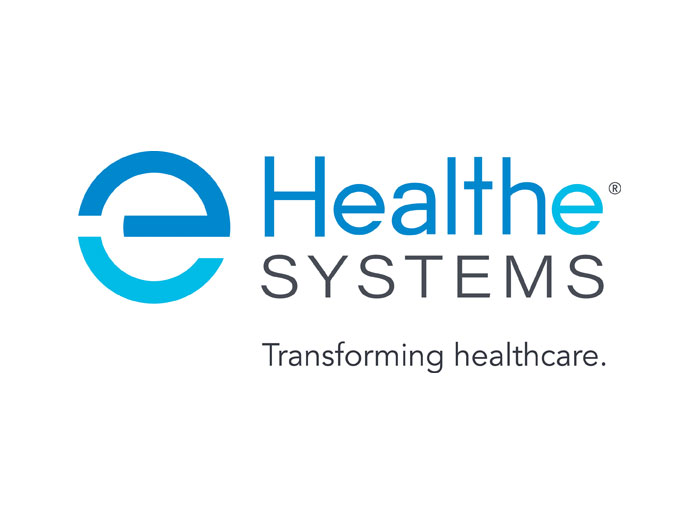Sponsored Content by One Call
Active Patient Management: How It Can Drive Better Outcomes and Reduce Costs

Coordinating workers’ compensation care is a complex issue. In every claim, there are multiple stakeholders: injured workers, employers, health care providers, case managers and claims adjusters, to name a few.
Without mindful consideration of the injured worker’s circumstances and details, patient care can quickly become derailed. Injured workers could miss medical appointments or receive incomplete, ineffective services, prolonging the length of a claim. And when someone is out of work for a long period of time, it becomes less likely that they will return. Employees who miss six months of work due to an injury or illness have only a 50% chance of ever returning, studies have shown.
To help enhance return-to-work metrics and improve outcomes, workers’ compensation stakeholders should actively manage patients.
“It is a pretty robust way to look at claims,” said Michelle Despres, vice president of product, physical therapy at One Call. “We’re all in partnership to make sure injured worker care continues to move forward.”
What Is Active Patient Management?

Michelle Despres, Vice President of Product, Physical Therapy, One Call
Active patient management occurs when all stakeholders — including the injured employee — work together toward shared return-to-work and return-to-function goals.
Whether it be checking in with an injured worker to ensure they are going to their scheduled physical therapy appointments or working with the treating clinician’s office to track down a prescription, active patient management involves engagement on all fronts to facilitate the care an injured worker needs, when they need it.
This approach can bring about many positive outcomes. Stakeholders are set up to catch issues that could derail the claim before they negatively impact the patient’s health and wellbeing. And injured workers are more likely to play an active role in their improvement, thus placing themselves on an efficient path to recovery.
The most important element of this approach is timeliness. “Patient care should start as soon as possible,” said Darren Barr, vice president of product, diagnostics at One Call. “If timing is delayed, issues can arise, and things can start compounding. For example, care can end up costing a lot more than the initial MRI appointment that was delayed.”
Despres pointed to physical therapy as an example: “When PT is started sooner, less visits are needed for successful outcomes and costs are lower for clients,” she said. In fact, One Call data shows that if care is started within three days of an injury, 38% fewer visits are needed to achieve successful recovery outcomes versus care that begins 30 days post-injury.
Four Key Elements of Active Patient Management

Darren Barr, Vice President of Product, Diagnostics, One Call
1) Engage with all stakeholders: Communication is critical in active patient management. Stakeholders need to talk to one another, share updates on the claim and work together to help ensure the worker recovers in a timely fashion.
Stakeholder communication also helps everyone understand the nuances and responsibilities of their respective roles within a workers’ compensation claim. “We want to engage with the adjuster, case manager and treating clinician to make sure we’re all aligned on the injured worker’s recovery plan,” Despres said.
If an injured worker has a comorbidity, for instance, each of the stakeholders plays a different role in addressing it so recovery is not delayed.
2) Be patient-centric: Each injured worker is unique. Factors such as where they live, whether they’re currently working and if they have reliable transportation can go a long way in getting them back to work and life. Empathy and education are also key components in helping patients feel comfortable about treatments or testing, especially when they’re unfamiliar with the procedure or process.
“There’s a lot of one-to-one engagement that has to happen to build rapport with injured workers,” Despres said. “If we don’t effectively communicate with each other, the injured worker’s recovery path could suffer.”
3) Utilize technology to engage with injured workers: Digital communication platforms can help care coordinators take a patient-centered approach to care. One Call has several technological tools — including text alerts and automated phone-dialing systems — that prompt injured workers to make appointments and remind them of scheduled treatments.
If a patient receives a referral for physical therapy, for instance, the automated dialer system calls them to set up an appointment as soon as it is entered into the system. If they don’t answer, the system will send a text message, then call again later.
“With the help of technology, we utilize a systemized approach to continue with outreach until we have successfully connected with the injured worker,” Despres said.
Often, injured workers can even make appointments online with providers in One Call’s network, allowing them to skip the phone calls altogether.
These tools help ensure injured workers are scheduled for their appointments. But One Call is utilizing technology even further. The company’s sentiment scoring software monitors calls between care coordinators and key stakeholders, scoring each interaction for empathy and emotion. The software runs whether a care coordinator is speaking with an injured worker, client or treating clinician. If the system detects a problem — such as an angry voice — a supervisor can join the call and intervene to ensure everyone leaves with a positive experience.
“Sentiment scoring has been a tremendous win,” Barr said. “By actively reviewing and assessing each call, we can continuously improve our interactions with patients and clients alike.”
4) Look to clinical differentiators: One Call uses industry benchmarking metrics to actively manage patients and detect problems early. Benchmarks represent averages, and if care exceeds benchmarks, One Call’s clinical experts consider both specific injured worker attributes and treating clinician input to make a customized recommendation regarding ongoing care.
For example, One Call’s Physical Therapy Gold Standard Review enables the provision of a clinical review if recovery isn’t progressing as expected.
“The benchmark says, ‘For this body part and injury, best practice is this many visits over this many weeks,’” Despres said. “If more care is ordered, and it’s going to exceed those benchmarks, then we engage a peer reviewer to say, ‘OK, let’s take a further look at this individual and their circumstances. Does the story line up? How does this injury impact work ability? Do we need to have a conversation with the treating clinician? Is there a better approach?’”
Driving Better Outcomes
Active patient management can be a major differentiator when it comes to helping injured workers recover quickly and safely. These injured workers receive faster care and spend fewer days in treatment compared to those whose claims are not proactively managed.
One Call’s care coordinators support this approach by working with stakeholders from the beginning of the claim to help injured workers receive appropriate care. From there, artificial intelligence (AI) is integrated into many aspects of the process — including predictive analytics, machine learning, natural language processing and sentiment software — to help track the patient’s progress, identify trends, notify stakeholders and allow adjusters to intervene if anything goes awry.
One Call combines smart uses of technology with human touch to successfully usher injured workers through the claims process.
“Throughout our organization, technology helps us keep in line with client needs and patient outcomes,” Barr said. “But it’s not a technology-only play or a human-only play. Technology needs to support human interaction — you need a healthy marriage of both to actively manage patients and, ultimately, get the best outcomes.”
To learn more, visit: https://onecallcm.com/.
This article was produced by the R&I Brand Studio, a unit of the advertising department of Risk & Insurance, in collaboration with One Call. The editorial staff of Risk & Insurance had no role in its preparation.











